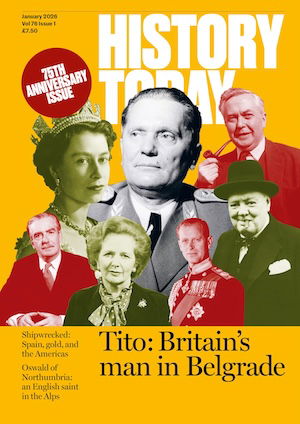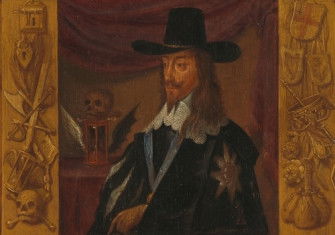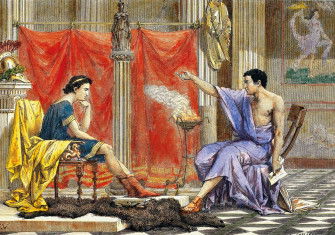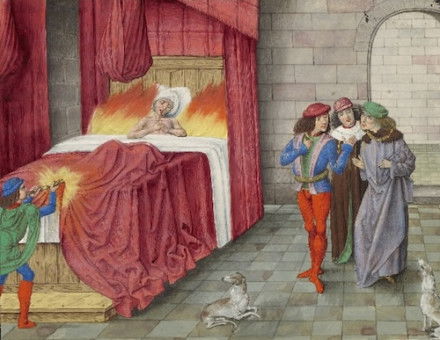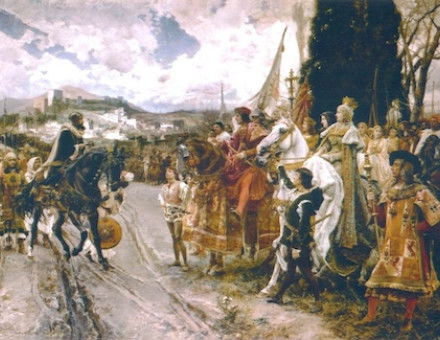‘The Blood in Winter’ by Jonathan Healey review
In The Blood in Winter: A Nation Descends, 1642 Jonathan Healey holds Juntos and ‘jittery times’ responsible for England’s slide towards civil war.
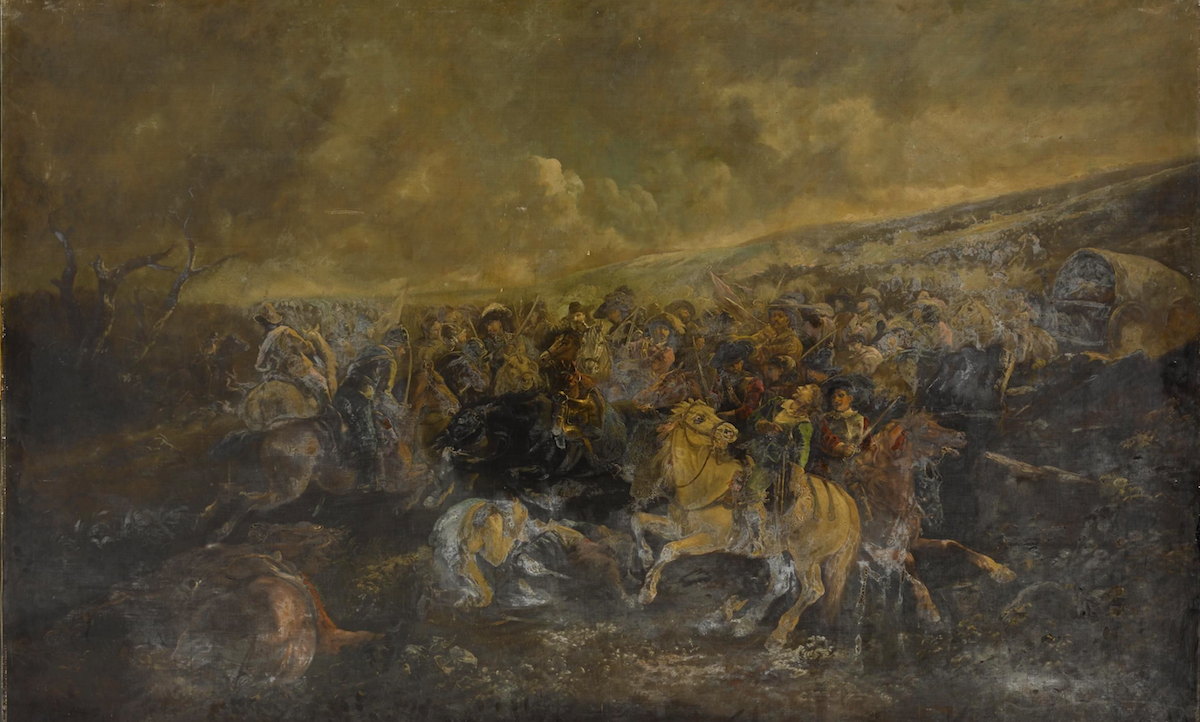
Nobody expects civil war. Looking back, as Jonathan Healey does in this exciting account of the events that broke this nation 383 years ago, it is easy to see what is coming. Plots and counterplots, small conspiracies and big rumours, bad actors and impractical idealists crowd the stage of history and, from 2025, it all points in one direction. But it is unlikely that anybody got up on any morning in the first half of 1642 and said to themselves: that’s it, we are at war.
After all, Charles I had attempted the personal rule – the rule of the king without Parliament – from March 1629, and it seemed to be going well. To be sure, not everybody was happy about the new taxes, but when did taxes ever make people happy? True, not everybody was happy, either, with the new initiatives to restore the beauty of holiness – for many, altarcloths and statues were not beautiful, but suspicious signs of Catholic allegiance – but they were almost certain to get used to the idea. A few court masques would reassure any dissident nobles, and Thomas Wentworth, earl of Strafford, was at hand to resolve any local difficulties with the Scots and Irish. In Ireland, Strafford’s rule was a mix of iron fist and conciliation; he had to maintain relations between the many different interest groups – Presbyterian Scottish settlers, the old Irish gentry, and the Gaelic-speaking common people – while also repressing any direct rebellious energy. Charles never really liked him. Nobody else liked him very much either, particularly after he had forced the Protestants in Ulster to renounce the Scottish Covenant, an oath taken to reject Charles’ ecclesiastical reforms. Cornered and increasingly sick, he made a series of disastrous mistakes – stealing the title of baron of Raby from another key member of the Privy Council, Sir Henry Vane, and raising an Irish army that contained Catholics to repress the Scots – and so ‘Black Tom Tyrant’, as the press called him, became that standard target of rebellious energy, the king’s bad counsellor.
If the price of freedom is eternal vigilance, that vigilance started in England with a certain strand of English Protestantism, which had been on red alert since Strafford’s elevation, and probably on amber alert throughout the 1630s. Protestantism defined itself above all as the power to repel Catholic repression, and that definition, strengthened by the London press, animated all those concerned about the legitimacy of Charles’ actions, a group that eventually formed something like a nascent political party known to historians as the Junto.
The problem with this term, made popular by John Adamson’s hypothesis about the group’s centrality in his 2007 book The Noble Revolt, is that it implies a group of rational actors with a plan. While it is true that there was such a group, and that many of its members were highly intelligent, it is a stretch to see them as quite as successfully conspiratorial as Healey sometimes claims. All of them, and most of all their leader in the Commons, John Pym, were men in the grip of an irrational moral panic whipped up by a press set on making as much money as possible from fear. Civil wars are not usually the result of rational thinking, but of the idea that we are already in desperate trouble.
For Healey, 1642 is the story of a battle between two competing groups: Charles I and his circle versus the Junto. It is a game of chess and Healey reports the moves diligently, offering assessments of their strength. The characters in this drama are introduced briskly, like chessmen, through a few adjectives. The book is billed as history from the bottom up, but presents the English Civil War as the result of a conflict within the elite. We learn a lot about moves in this deadly game as conscious political endeavours, but we learn little about what the players are thinking. This does not help us understand the situation. The human element is missing, and the assumed rationality of everyone concerned does little justice to what Healey rightly calls ‘jittery times’. We hear much less about the motives of the apprentices in the streets, though Healey has a compelling account of a protest where 300 Londoners rushed to Westminster to protest at the idea that the Commons was about to come to the wrong conclusion on where sovereignty lay. For Healey, this is proof of the activity of the Junto, but what is more interesting is the willingness of ordinary people to get involved, despite the greater risk to them.
Ever since historians began to promote the Junto there has been growing unwillingness to consider even the possibility that the English Civil War had long-term causes. The work of historians from Christopher Hill to Ann Hughes is almost erased in a rush to attribute the movement of events to this single group. However, even its noble members were ultimately reliant on the willingness of ordinary citizens to step forward and protest alongside them. Successive noble revolts in the past, from the Northern Rebellion to the Essex Rebellion to the Gunpowder Plot all failed because ordinary people shunned involvement. The commonplace historical nostrum that Tudor repression removed the risk of large-scale rebellion eventually bumps its head against the events of 1642. There can be no large-scale change without the involvement of ordinary men, such as the printers in St Paul’s Yard, willing to risk turning out sensational tales about plague boils being sent to John Pym by malignants, or the Calvinists listening to sermons trembling with fear at the prospect of their own damnation. Without the underlying sense that every soul was at stake if the wrong actions were taken and the wrong side supported, the crowds would likely not have gathered. It was these lowly people who forced the conflict to a head. It was the London trained bands who created the Parliamentary army capable of resisting those who flocked to the standard of the king.
Yet the book could hardly be more timely; the story of how an executive bent on ensuring its own continuance without tolerating any dissent comes to grief should be about as relevant as it is possible for a history to be. But do Juntos really get rid of tyrants? It remains to be seen in real time.
-
The Blood in Winter: A Nation Descends, 1642
Jonathan Healey
Bloomsbury, 432pp, £25
Buy from bookshop.org (affiliate link)
Diane Purkiss is Professor of English Literature at the University of Oxford.

